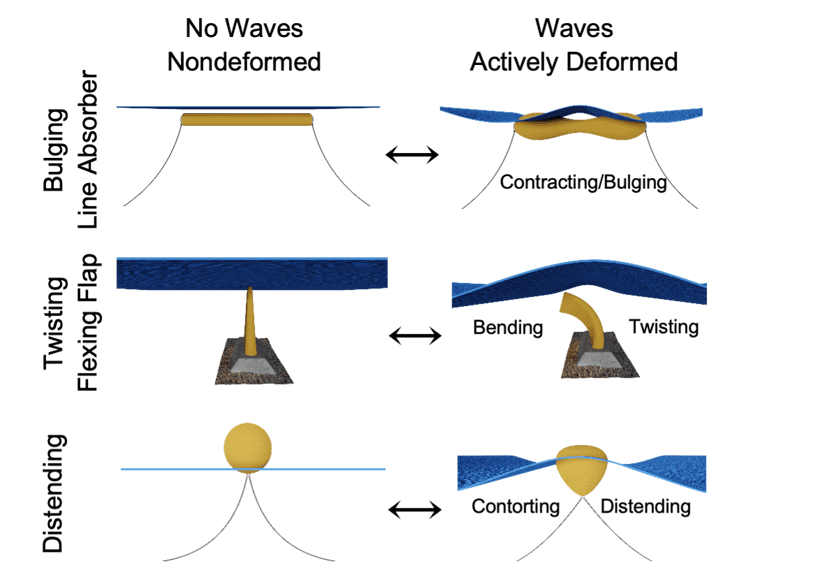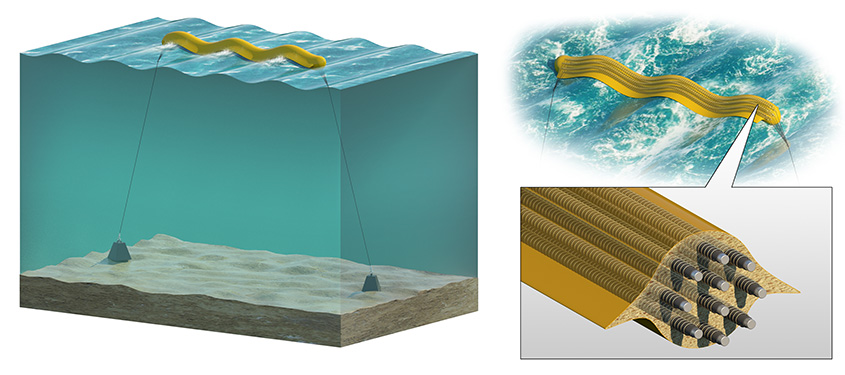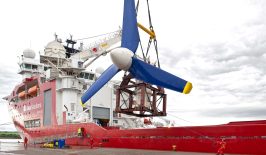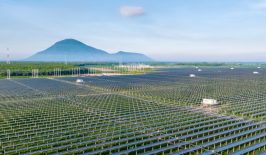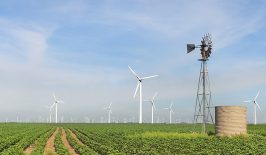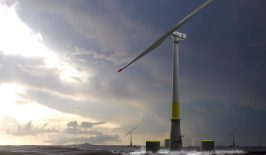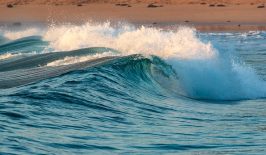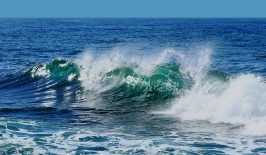Hydropower provides about one-sixth of all our global energy – that’s more than solar, wind and other renewables combined. The majority of this comes from traditional hydroelectric dams, but offshore tidal power has become an increasing area of investment and development.
Constantly shifting tides and rolling waves have the potential to provide huge amounts of energy, but tapping into it is not always easy. Building underwater requires extensive – and expensive – construction, while the powerful forces under the surface can stress equipment, corrode machinery and cause breakdowns.
One potential solution is to move away from older models of generators and into the field of piezoelectricity – the ability of certain materials to generate an electric charge in response to applied mechanical stress. The US-based National Renewable Energy Laboratory (NREL) is looking at just this and is developing a series of patented designs dubbed Distributed Embedded Energy Converter Technologies (DEEC-Tec).
These decentralised piezoelectric converters are designed to generate electricity from a much broader range of ocean wave movement than conventional approaches, while also being robust and featuring less mechanical parts. DEEC-Tecs are designed to stretch, twist, bend, expand or undergo other deformations that can then be converted into power via small distributed energy converters. These converters are simply small transducers, which use the movement of the DEEC-Tec material as their generation input. In theory, this means that wherever and whenever the DEEC-Tec is moved, energy is generated.
The benefits of this system are also expanded to maintenance and logistics. Since numerous transducers are used, there is not an overall failure if simply one stops functioning. Many of the DEEC-Tec designs are also produced from relatively cheap polymers and can be quickly installed and uninstalled, for example to avoid storms. The energy converters can also function as small sensors to provide information on the status of a DEEC-Tec, reducing maintenance schedules.
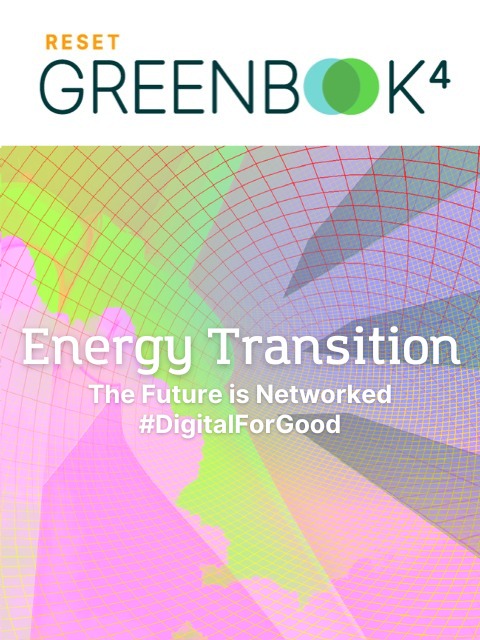
The 1.5 degree target is unattainable without a real transformation of our energy system. But how can it succeed? What are the energy sources of the future? What digital solutions are ready and where are innovations needed? And how can the transformation be driven forward?
The RESET Greenbook “Energy Transition – The Future is Networked” presents digital, innovative solutions and sheds light on the background.
Additionally, since DEEC-Tecs can generate power from a wider range of movements, they may be more suitable for coastal areas where traditional wave energy generators are unsuitable. For example, some research suggests only two percent of the world’s coastline is suitable for conventional wave hydropower. A more flexible design – both figuratively and literally – might help increase this figure, while reducing the costs of initial installation.
Currently NREL’s DEEC-Tec designs are in an early stage, and several different designs are being experimented with. Current challenges include developing new materials to reduce fatigue, create better power conversion efficiencies and improved transducer designs.
However, piezoelectric designs are not limited to tidal power. Indeed, they can generate electricity wherever there is constant and reliable movement. That could include the friction created by moving cars, the vibrations of buildings or even the movement of clothing.

